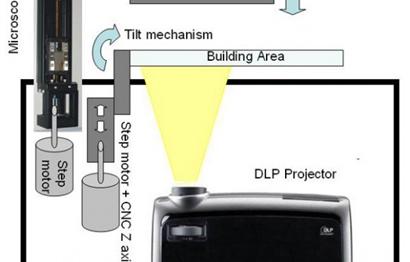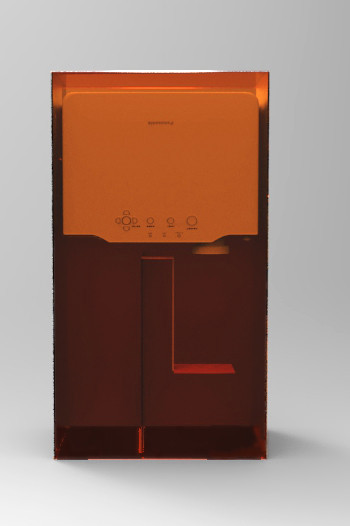Typical 3D printers use a process called fused deposition modeling (FDM), in which a nozzle extrudes melted plastic filament, laying down material in layers. Traditional stereolithography uses a scanning UV laser to cure a liquid, called photosensitive resin, one layer at a time. A DLP printer is similar, but uses a a Digital Light Processing (DLP) projector to expose each layer. Once the first layer hardens onto a platform, the platform moves a little deeper into the pool of resin, and the projector shines a new image to harden the next layer.
Taiwanese company Nova 3D has recently developed a new low-cost DLP 3D printer. The NOVA DLP 3D Printer is able to harden a layer of 10x8 cm in 8-10 seconds without the typical moving heads that takes 30 seconds or more to finish.
The big benefit of DLP printing is the ability to make objects very detailed. The NOVA DLP 3D Printer can print layer heights of 100 microns (0.0039 inches). Check out some impressive 3D prints below:
Technical specs:
- Build envelope: 100x70x150 mm (0.1mm precision)
- XY precision: 0.1mm
- Z precision: 0.1mm
- Software: Snapshot version 1.0
- File print: STL
- Machine size: 212x310x600 mm
- Weight: 12kg
- Operating temperature: 0°-32° C
- AC input: 100-240V,~2A,50-60HZ
- Data input: USB




 RSS Feed
RSS Feed

